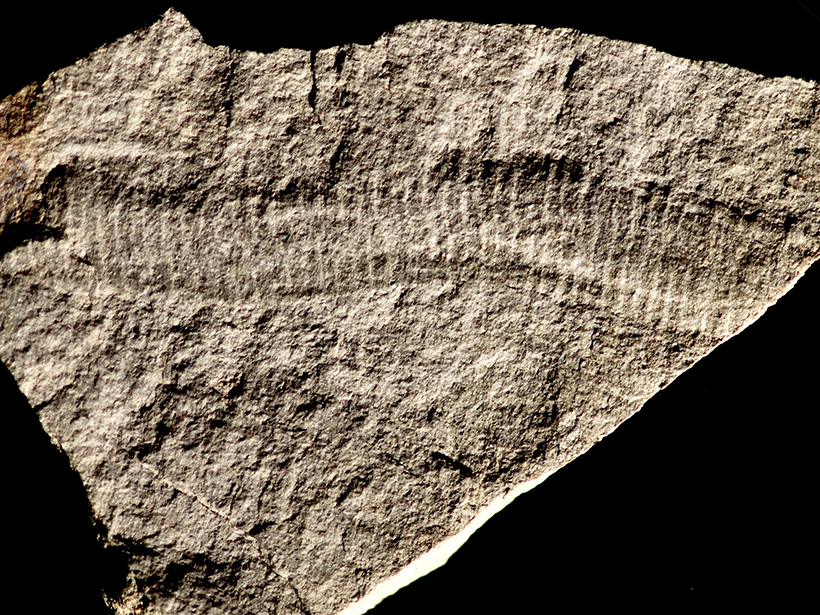The bones of ancient rhinos, elephants, and fish constrain when the Tibetan Plateau rose high enough to prevent migration, a move that forced animals to adapt to high-altitude conditions.
animals
Hunting Rare Fossils of the Ediacaran
The search for fossil imprints and casts of squishy organisms takes time, perseverance, and sometimes a sprinkle of luck.
Sooty Bird Bellies Yield Insights into Historical Air Pollution
A new study mined museum collections to investigate just how sooty the air in the United States has been for the past 135 years.
Giant Snails’ Century-Old Shells Recorded Monsoon Rainfall
Researchers explored past precipitation in India using shells from very large land snails collected there in 1918 and preserved in a British museum.
Follow Earthworm Tracks to Better Simulate Water Flow in Soils
Incorporating paths carved by the critters and by tree roots helps scientists align simulations of tropical soils more closely with real-world data.
Birds Flock to Areas of Good Weather Across the United States
A survey of birds over several decades shows that many bird species migrate or shrink their habitat to avoid drought and storms.
Bat Guano: A Possible New Source for Paleoclimate Reconstructions
Nitrogen isotopes within samples of bat excrement accurately reflect modern precipitation patterns. So could guano serve as a paleoclimate record?
Cores from Crater Tied to Dinosaur Demise Validate Impact Theory
Drilling into the famous, deeply buried Chicxulub crater off Mexico, researchers found deformed and porous granite that opens new avenues of research.
Ant Populations Destabilize Under Warming
In forest experiments in which artificial warming mimicked future climate conditions, heat-tolerant ants thrived, leaving other populations unstable.
Rock-Chomping Bees Burrow into Sandstone
A previously unknown species of rock-excavating bees, discovered 40 years ago but not reported in the scientific literature, finally gets the spotlight.










